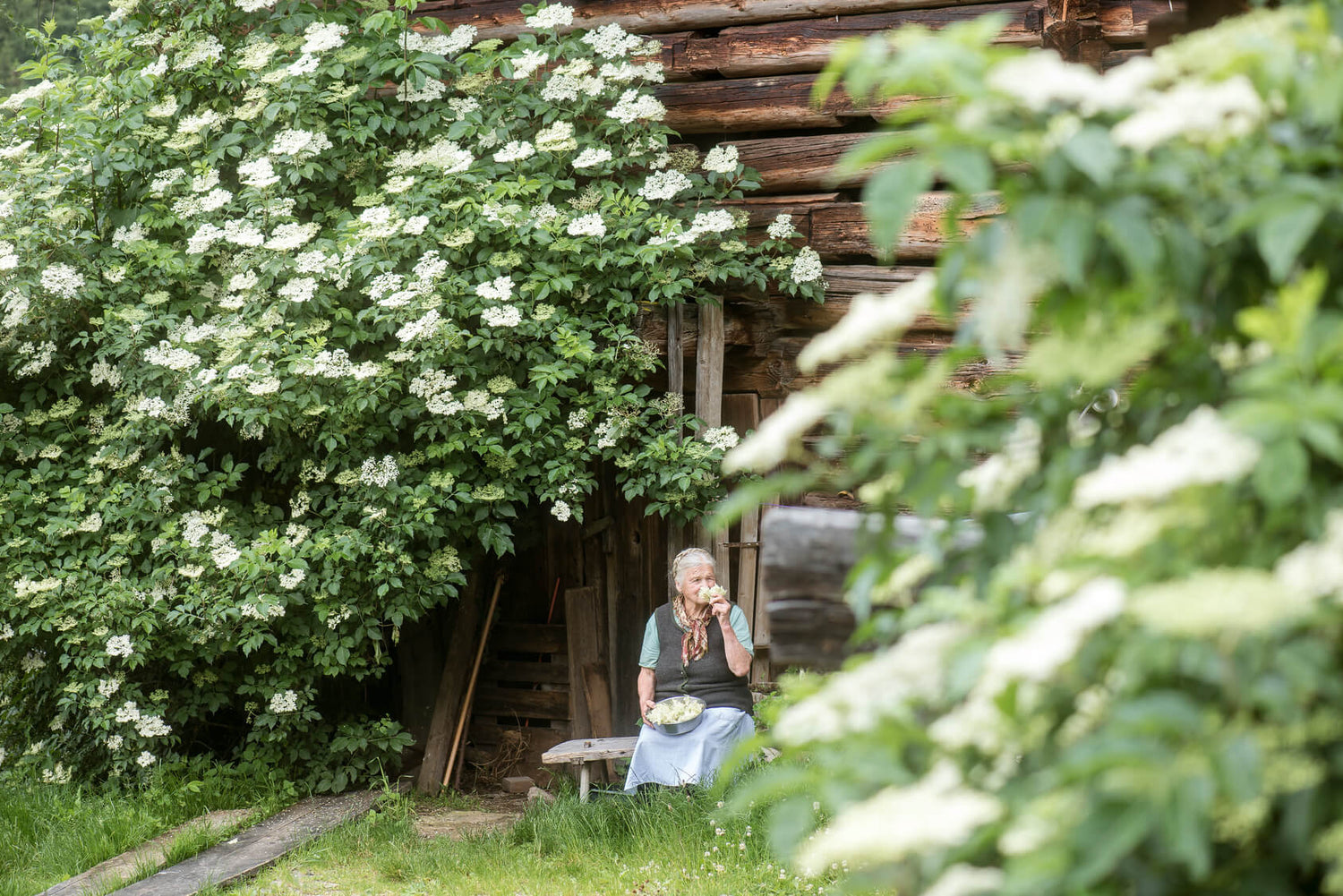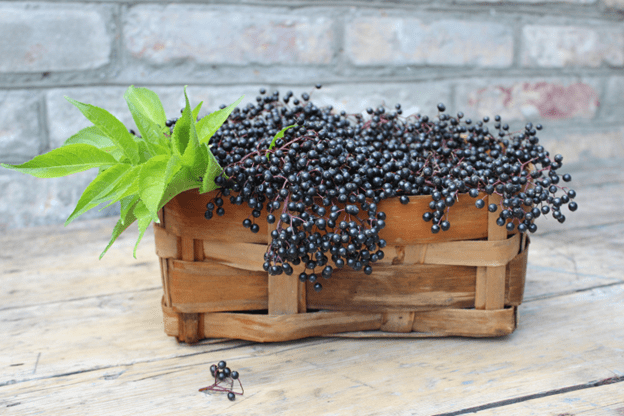Elderberries have long been prized for their health benefits and are commonly found in syrups, teas, and capsules. But how can you confidently identify elderberries in the wild?
This guide takes you step by step through the process—and includes one important reminder: Unripe berries should not be eaten.
1. Basic Knowledge: Elderberry Species
The best-known edible species are:
European elderberry (Sambucus nigra) in Europe
American elderberry (Sambucus canadensis) in North America
Both produce dark purple to black berries and bloom in early summer with large clusters of white flowers.
Scientific note:
Most clinical studies on the health benefits of elderberries have been conducted using Sambucus nigra.
Quick facts:
Origin: Europe and North America
Known for: Immune-supporting properties
Used in: Syrups, capsules, teas, and more
2. The Right Habitat
Elderberries prefer growing:
Along forest edges
Near rivers and streams
In sunny to partially shaded, moist soil
3. Identifying the Leaves
Look for these leaf features:
Shape: Pinnate leaves with 5–9 leaflets
Edges: Serrated or finely toothed
Arrangement: Opposite along the stem
4. Recognizing the Flowers
In late spring, large, flat clusters of many small white flowers appear.
They are fragrant and easy to spot.
5. Correctly Identifying the Berries
By late summer, dense clusters of small, dark purple berries develop.
Important:
Wait until the berries are fully ripe and dark in color.
Always heat the berries before consumption.
Nutrasium quality guarantee:
For Sambiotic by Nutrasium, only elderberries from controlled cultivation are used and carefully processed—free from the harmful substances found in raw or unripe berries.
6. Avoiding Confusion
Elderberries are easy to distinguish from other wild plants if you pay attention to leaves, berry shape, and woody stems.
When in doubt, do not eat the berries raw.
7. Safe Harvesting Tips
Only pick ripe, dark berries.
Process them quickly and heat briefly before use.
Harvest only what you need, leaving enough for wildlife and the environment.
Conclusion
With a little practice, identifying elderberries becomes easy. Pay attention to the habitat, leaves, flowers, and fruits—and only use fully ripe berries for safe consumption.
For convenience and safety, products like Sambiotic Active by Nutrasium offer a reliable alternative, made exclusively from carefully processed elderberries.



Leave a comment
This site is protected by hCaptcha and the hCaptcha Privacy Policy and Terms of Service apply.